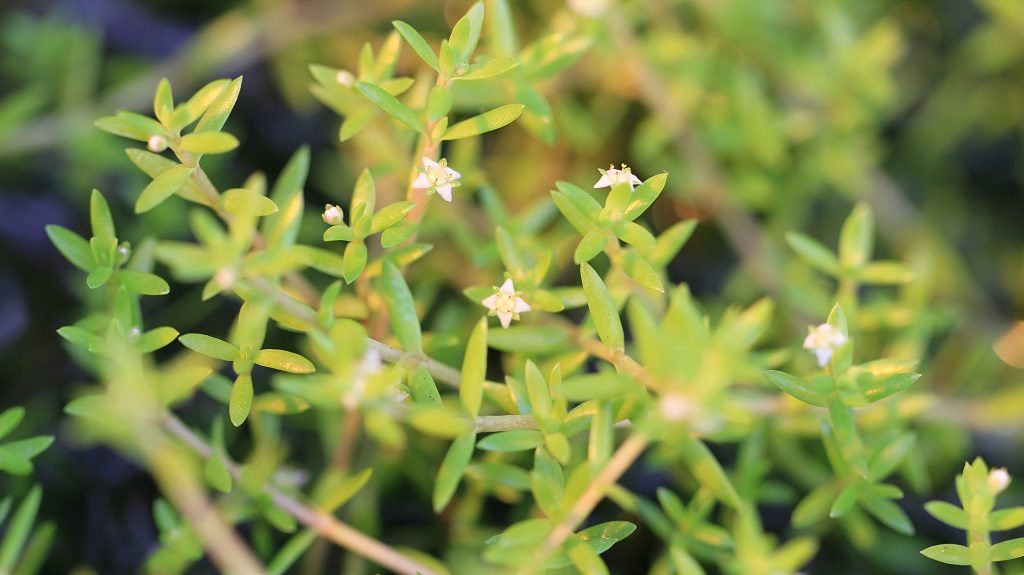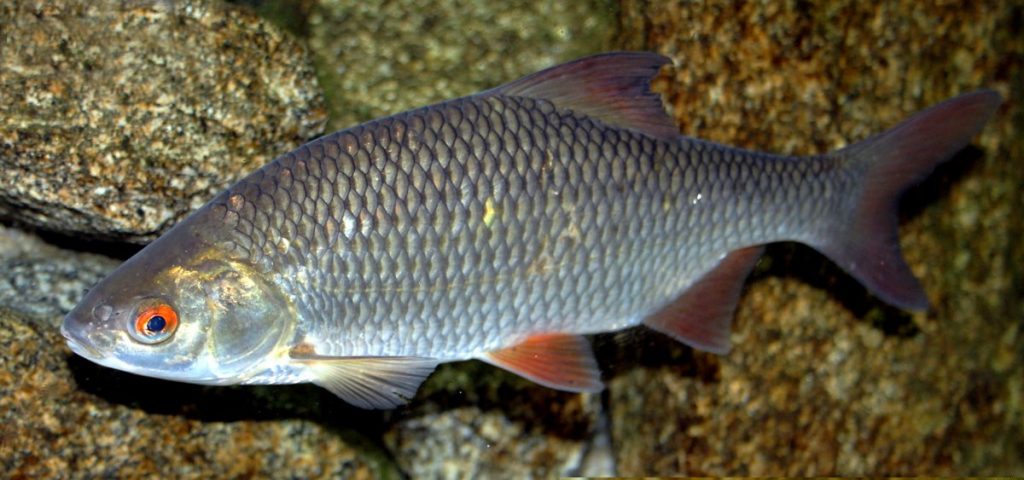Invading Europe’s waterways: the crayfish occupation
Crayfish are freshwater crustaceans that can be found in a range of freshwater habitats, from fast-flowing rivers to swamps and ditches. Even in places where they are abundant, they are secretive and not commonly seen, so the ongoing widespread invasion by non-native crayfish species is unknown to many.
Dangerous waterweed spreading in Southern Africa
By Baraka Rateng’. Reblogged from SciDev.Net. A dangerous waterweed is spreading across water bodies in Southern Africa and could soon strangle life-supporting services such as fishing if it is not controlled, a scientist says. The waterweed called Limnobium laevigatum or South American sponge plant floats on water bodies and has the potential to invade other plants and decrease biodiversity, according…
Tiny mite could prove a ‘mighty’ weapon in the fight against one of the UK’s most invasive weeds
CABI scientists are stepping up the fight against one of the UK’s most invasive non-native aquatic weeds. Approval has been given for the release of a novel biological control agent – the mite, Aculuscrassulae – to assess its ability in the real-world environment to suppress Australian swamp stonecrop (Crassula helmsii), also known as New Zealand pigmyweed. This…
Does travel stress strengthen invasiveness?
Research has already shown that invasive species tend to be more tolerant to environmental stress than related non-invasive species. However, a recent study published in Biological Invasions, set out to discover whether this stress tolerance was an inherent trait or whether it was something acquired en route from their natural habitat to the new one.
CABI’s ISC datasheets contribute to regulatory action against high-risk freshwater invasive species in the USA
Aquatic invasive species threaten aquatic resources by negatively impacting native organisms and altering ecosystems. They have a competitive advantage over native species because they lack natural enemies to control their spread, they grow and reproduce rapidly, and also adapt to a wide range of environmental conditions.






